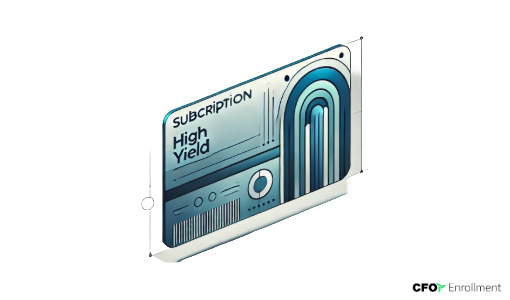SUMMARY: Subscription-based businesses must follow specific revenue recognition principles, like ASC 606 or IFRS 15, to ensure that revenue is recognized over time as services are delivered. This helps provide accurate financial reporting, maintain compliance, and give stakeholders a true picture of the company’s financial health.
Understanding Revenue Recognition for Subscription-Based Businesses: A Guide to Managing Complexity
For subscription-based companies, recognizing revenue can be more complex than for businesses with one-time transactions. Whether you’re running a Software as a Service (SaaS) platform, a media streaming service, or a fitness membership model, understanding how to properly account for subscription revenue is critical. Accurate revenue recognition is not only important for compliance with standards like ASC 606 (U.S. GAAP) or IFRS 15 but also essential for giving investors and stakeholders a clear picture of your business’s financial health.
How Subscription-Based Companies Handle Revenue Recognition
1. Revenue Recognition Principle
According to GAAP (ASC 606) or IFRS 15, revenue must be recognized when the company satisfies its performance obligations by delivering goods or services to the customer. For subscription businesses, this typically happens over time, as the service is continually provided.
2. Recognition Over Time
Revenue is recognized gradually over the subscription period. For example, if a customer subscribes to a 12-month service, the company would recognize revenue monthly, matching the duration of the service being delivered. This method ensures revenue reflects the ongoing provision of services.
3. Deferred Revenue
When subscription payments are collected upfront, the revenue is not recognized immediately. Instead, it is recorded as a liability under “Deferred Revenue” on the balance sheet. As the service is delivered over time, portions of this deferred revenue are recognized in the income statement.
4. Contract Costs and Multi-Element Arrangements
Some costs, like sales commissions, are capitalized and amortized over the subscription period. Additionally, if a subscription includes multiple components (such as software and support services), the total transaction value is split, and revenue is recognized based on when each service is delivered.
5. Renewals, Upgrades, and Customer Churn
Renewals and upgrades are treated as new contracts or modifications to existing ones, adjusting how revenue is recognized. Additionally, churn (the rate at which customers cancel their subscriptions) impacts future revenue projections and is crucial for financial planning.
Why Subscription Revenue Recognition Is Important
For subscription-based businesses, recognizing revenue accurately is vital to maintain financial transparency. Investors and lenders need a clear picture of when and how revenue is earned, as cash receipts don’t always align with service delivery. For example, SaaS companies like Microsoft 365 or media platforms like Netflix depend on steady revenue streams that must be recognized over time, not upfront. This ensures accurate financial statements and helps avoid misleading income projections.
Industries Impacted by Revenue Recognition Standards
Revenue recognition affects businesses across various industries, not just subscription models. This includes:
• Long-Term Contracts: Construction and aerospace companies that deliver services over extended periods recognize revenue as work progresses.
• Telecommunications: Companies providing continuous service, like internet or mobile providers, recognize revenue throughout the contract period.
• Memberships and Services: Gyms, clubs, and professional services firms often operate on a recurring revenue basis, with performance obligations spread over time.
Why Getting Revenue Recognition Right Matters
Accurate revenue recognition is critical for maintaining trust with stakeholders, ensuring compliance, and keeping your business financially transparent. Subscription-based businesses, in particular, need to align revenue with service delivery to give investors and regulators a true reflection of financial performance. Failure to do so can lead to misleading financial statements, which may harm your business’s credibility and financial stability.
Understanding how to manage subscription revenue properly can also help businesses anticipate and mitigate the risks associated with economic shifts or customer churn, making it easier to adapt and grow.
If you’re running a subscription-based business or have multiple elements in your service offerings, working with professional accountants ensures that your revenue is accurately recorded and compliant with all relevant standards.

